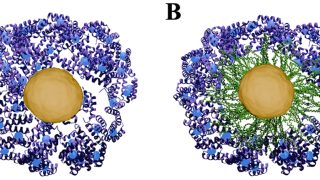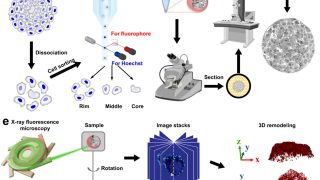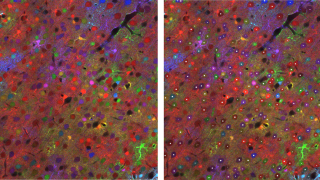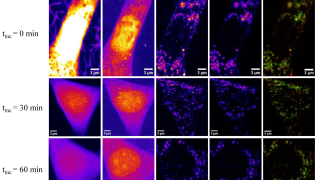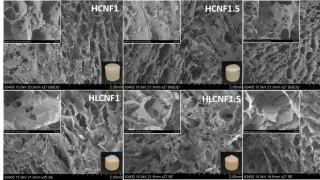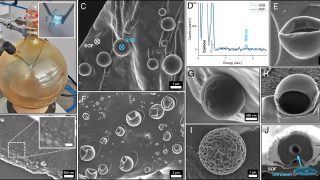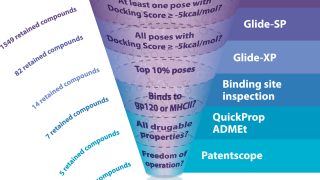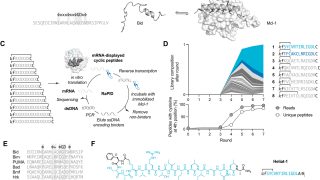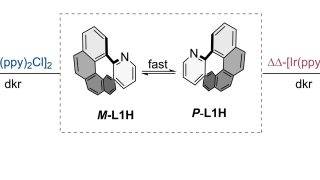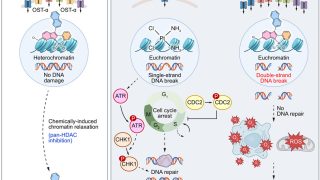
Aurkines could spark a new era in fighting bile duct and resistant cancers
Cholangiocarcinoma (CCA), a rare but aggressive cancer of the bile ducts, poses a major challenge for doctors and patients. It’s tough to treat, with limited options beyond surgery, and systemic drugs like chemotherapy often fall short. Cisplatin, a classic platinum-based chemo drug, works against many solid tumours but has only modest effects in CCA. Worse […]
